Dateline – November 21, 2012
There are many fine points of interest to be seen in Dallas’ Great Trinity Forest. The list is long. There is the Buckeye Trail with its groves of namesake trees and flowers. There is the Trinity River Audubon Center, the heart of the Great Trinity Forest. There is the isolated and unique Lemmon Lake and the exotic fauna it attracts. There is the Lower Chain of Wetland Cells, a man-made mitigation designed for wildlife. There are many scenic overlooks and historical places. The list goes on and on.
Of all of these places, perhaps the most special is McCommas Bluff. In addition to its striking natural beauty, there is a rich historical legacy associated with this spot on the map which makes it a particularly interesting place to visit.

For centuries, the unusual and distinctive topography of McCommas Bluff has made it a natural meeting place. The white limestone cliffs are a unique geological feature in this part of the country. It is easy to imagine one person saying to another, “Meet me at the bluff,” in whatever dialect was prevalent at the time. Everyone involved would know exactly where to go.



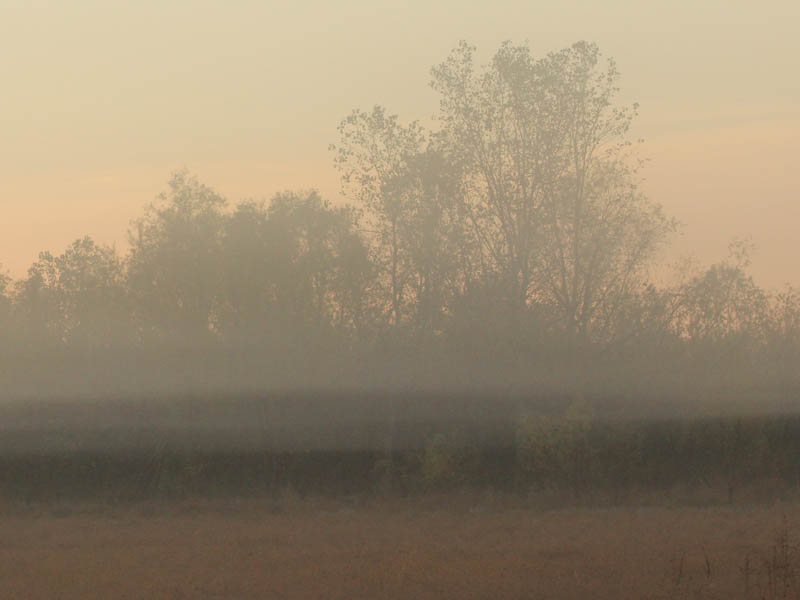

In the early days of Texas history this spot was the proposed location for Trinity City, a town expected to be the northern most port on a navigable Trinity River. But, Trinity City was never realized, most likely because navigating the Trinity was much more difficult than first hoped. The Trinity is a formidable river, especially as it approaches Dallas. Deceptive shallows, impenetrable snags, and dangerous shoals are all too common on the river. Considerable re-engineering would be required in order for it to accommodate barge traffic. Taming the river would be a challenge.
That did not stop people from trying. Over the years, a number of attempts have been made at creating a navigable Trinity River. Near Dallas, most of these attempts have centered on McCommas Bluff.



One of the earliest efforts occurred in 1868 when Captain James H. McGarvey attempted to navigate the approximately 300 miles from Galveston to Dallas, with McCommas Bluff as the goal at this end of the map. He made it, but it took over a year to get there, and it was certainly a difficult and treacherous journey.
A few decades later, a primitive lock and dam was constructed at McCommas Bluff. This structure consisted of a timber framework filled with limestone boulders from the bluff. The purpose of this lock and dam was to facilitate steamboat travel back and forth from Commerce Street in downtown. For a time, the steamboat H.A. Harvey Jr. carried Dallasites to the dance pavilion and picnic area atop McCommas Bluff on a daily basis. The spot had its time as a popular destination, but eventually enthusiasm faded.
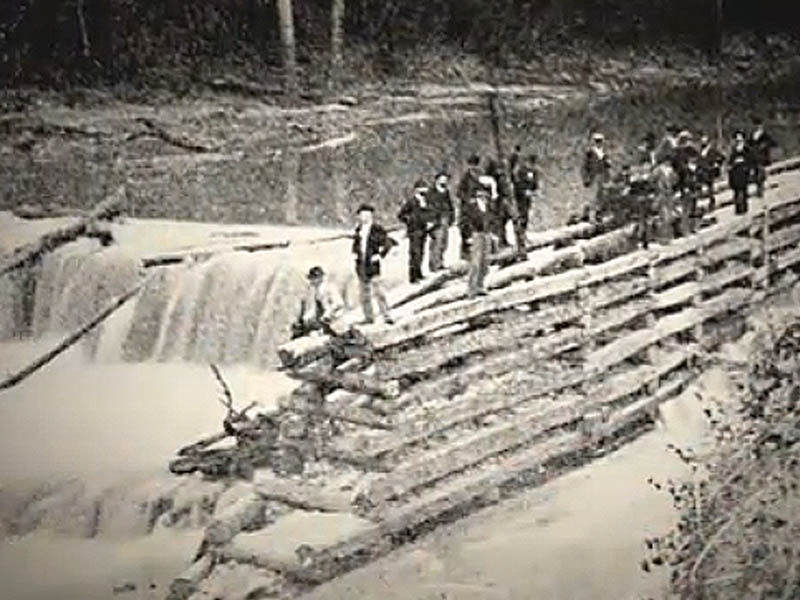

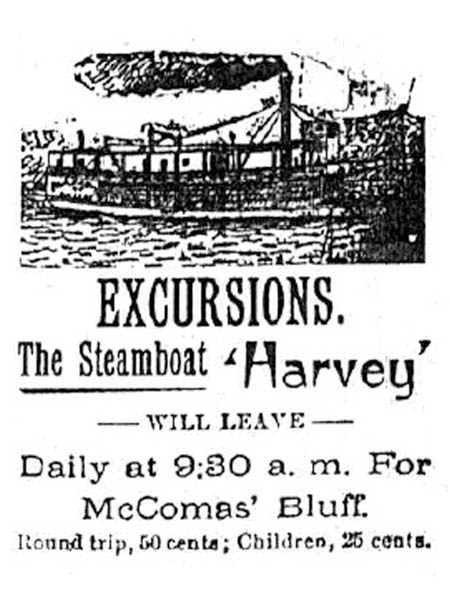
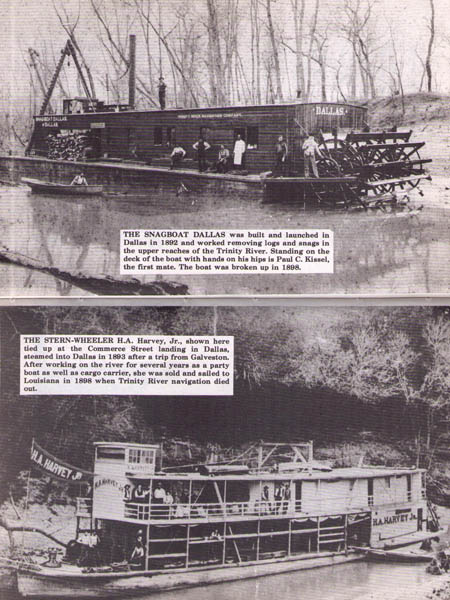
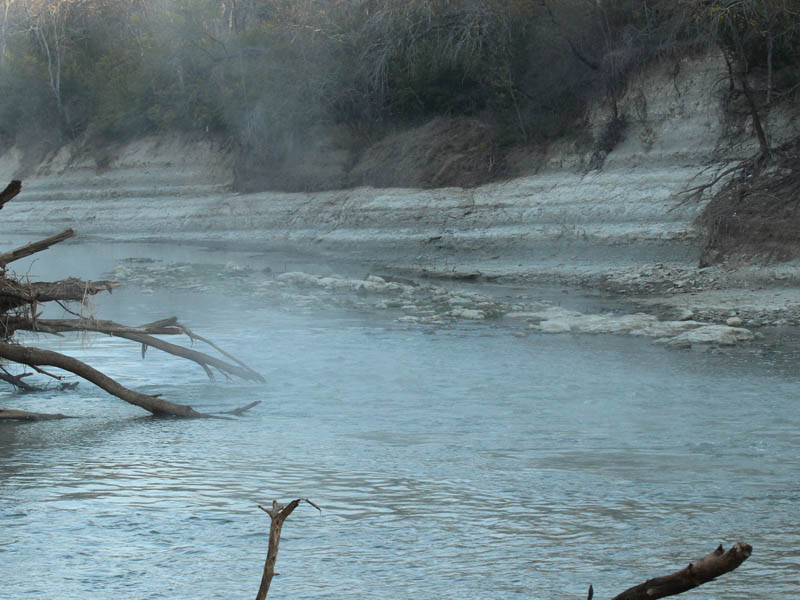


In the early years of the 20th century the desire to make the Trinity River navigable again began to be taken seriously. Between 1900 and 1921 the U.S. government spent around $2 million on Trinity River improvements. This work was to include the construction of a system of 37 lock and dams to be built on the Trinity River between Galveston and Dallas. Only seven were ever completed. The northern most, Lock and Dam Number One, was installed at McCommas Bluff.
But, the barges never came. World War One changed the nation’s priorities, and the Lock and Dam project was abandoned. The few completed structures have sat in the river unused and neglected for nearly a century.
Somehow, the dreams of a navigable Trinity River still did not die. Efforts persisted well into the 1970s. Many of the bridges and overpasses constructed in the second half of 20th century were built with accommodating barge traffic in mind. Despite these steps, no one has been able to revive the momentum of earlier efforts.

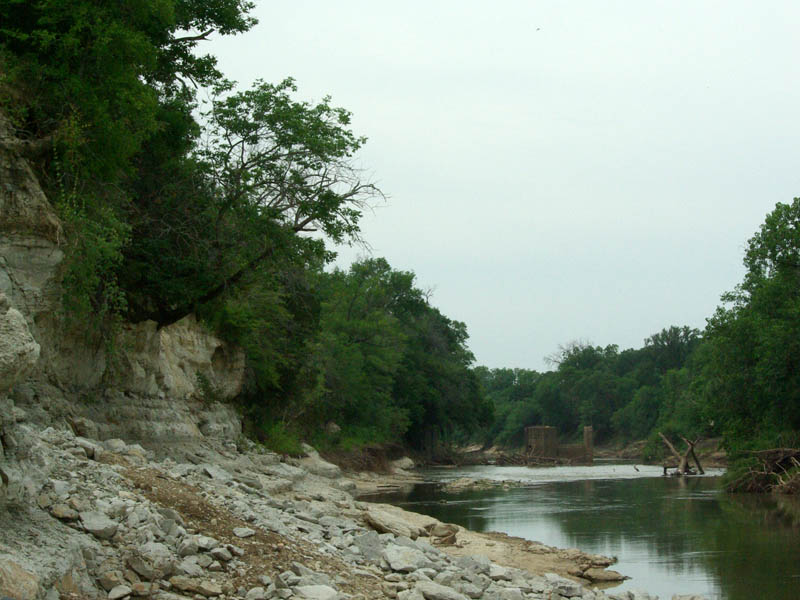


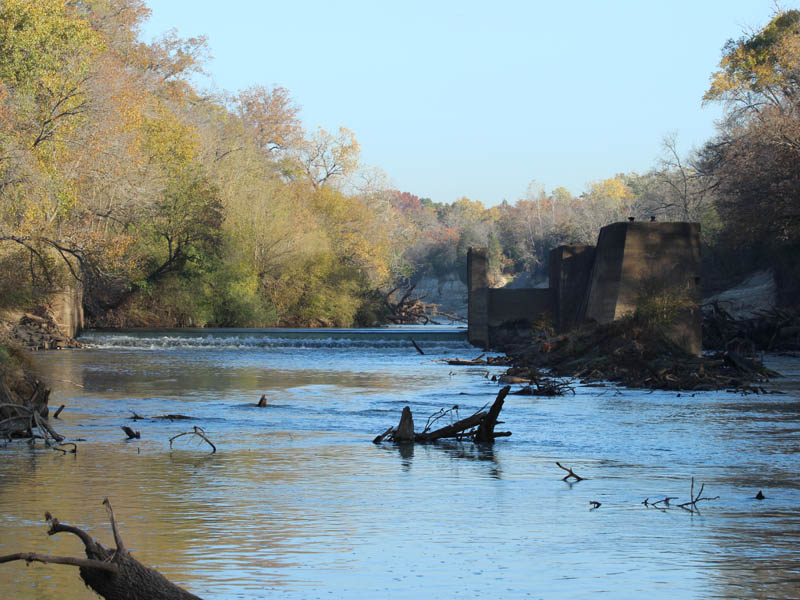

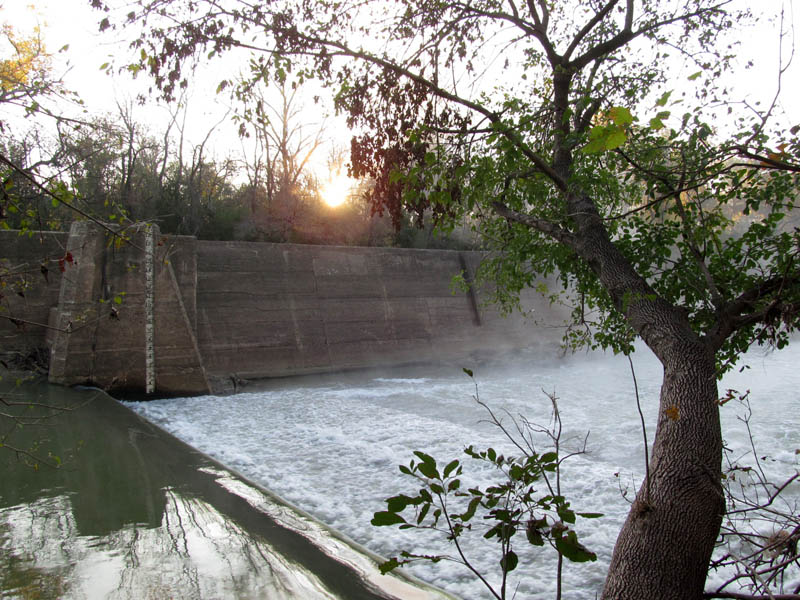



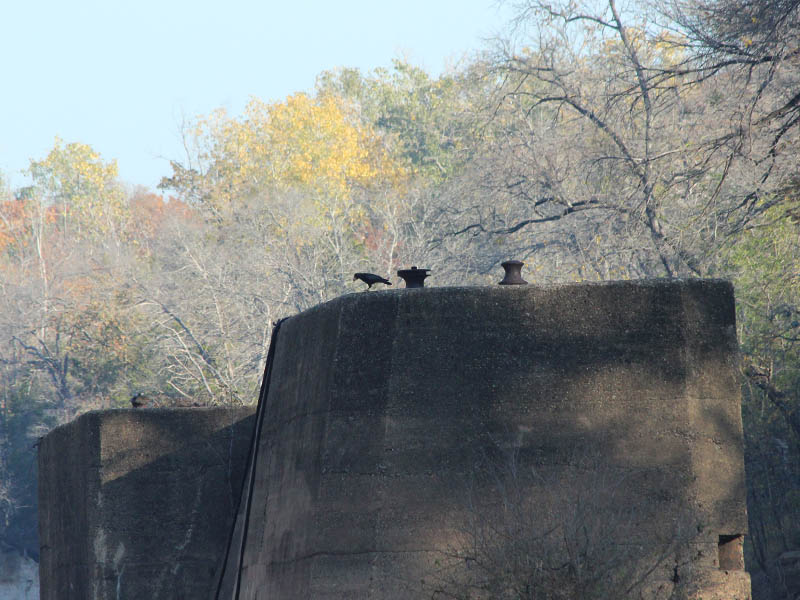












Further Reading







Is the lock keeper’s house an abandoned property now? Or does someone live in it?
I understand that the lock keepers house is occupied, and that the owner values his privacy! I believe that his property line runs right up to the river, which prevents an eastern approach to the lock.
Went to the lock keepers house today. Broken down car and house falling apart, music playing in the house. What a wonderful house it must have been back in the day!